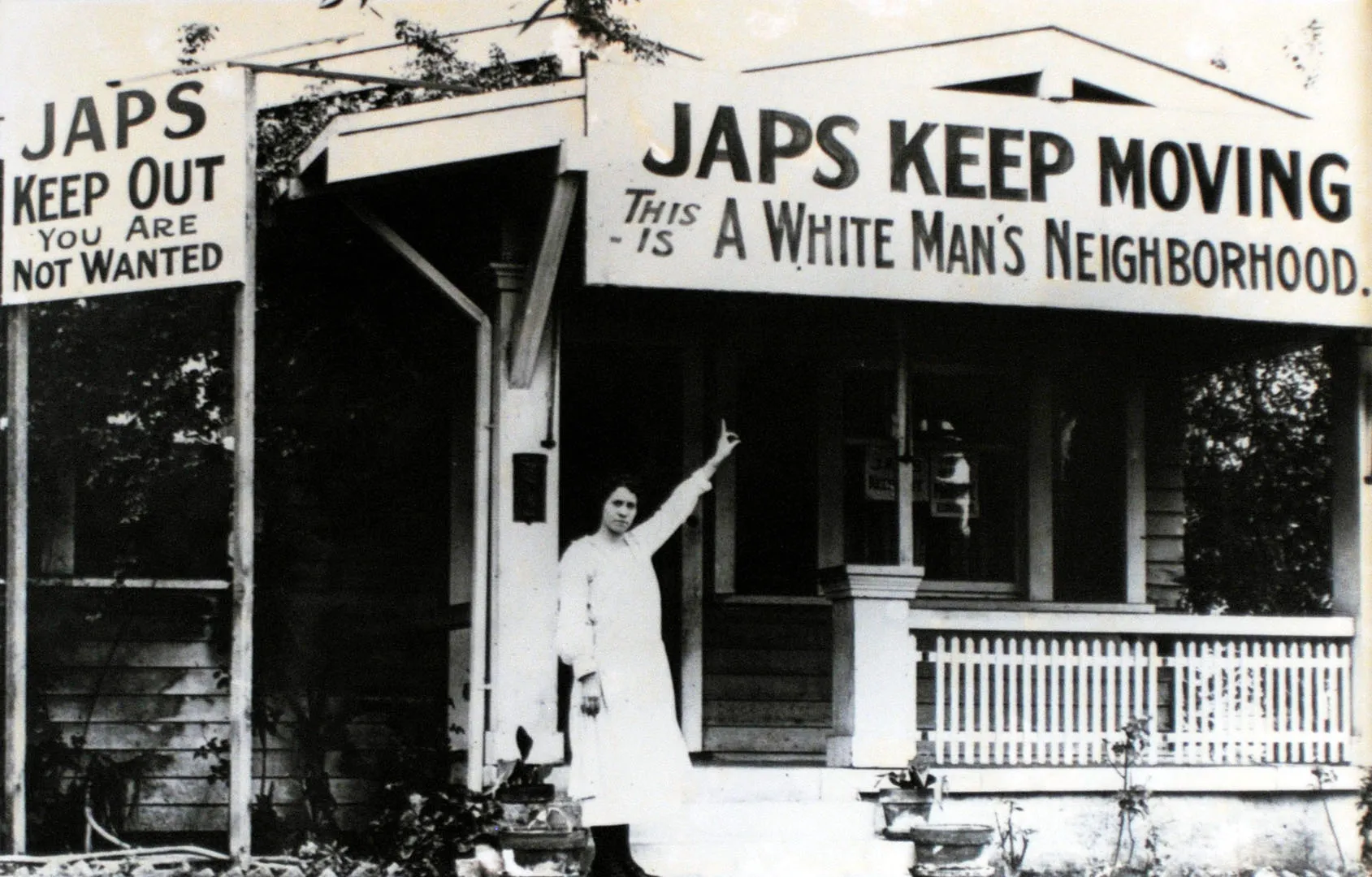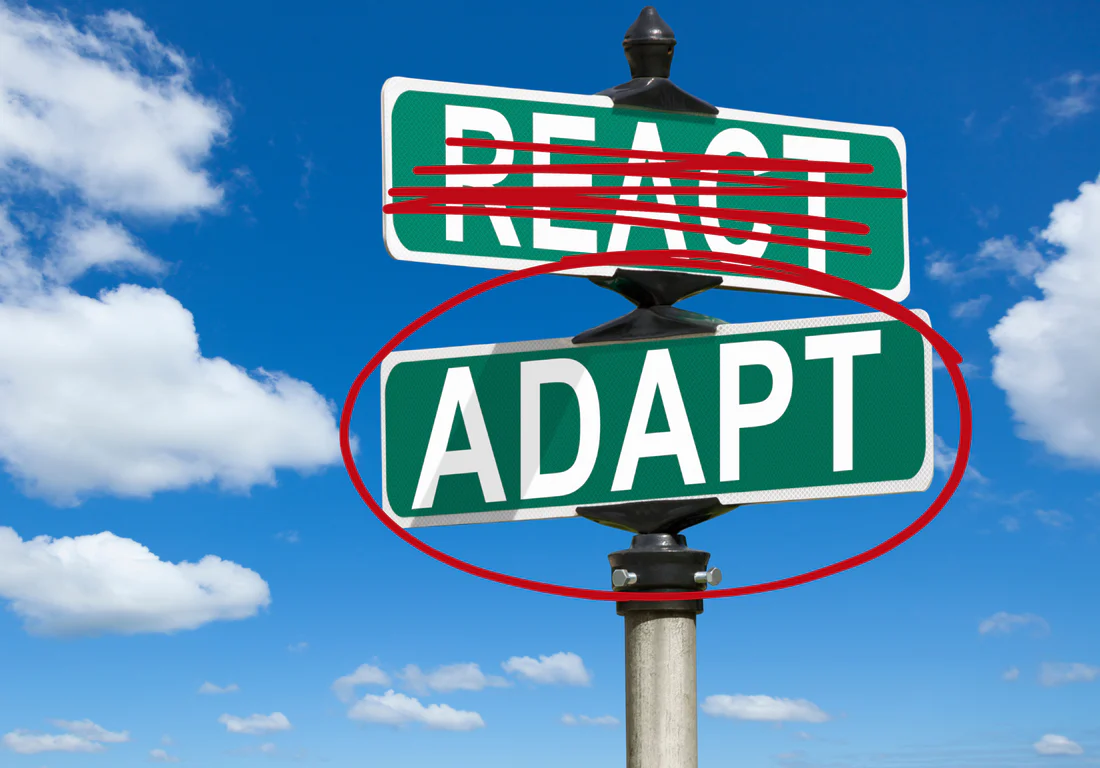How culture (both American and Japanese) influences characters' values, decisions, and resilience.
Family Traditions and Respect
This quote reflects the foundational Japanese values George learned from his parents. Even growing up in America, traditions like bowing and showing respect shaped how George viewed his family, his culture, and his place within it. These customs grounded his identity and gave him strength during uncertain times.
“We bowed to our elders. We removed our shoes at the door. We showed respect.”
(Takei, et al 30)
(Takei, et al 30)



